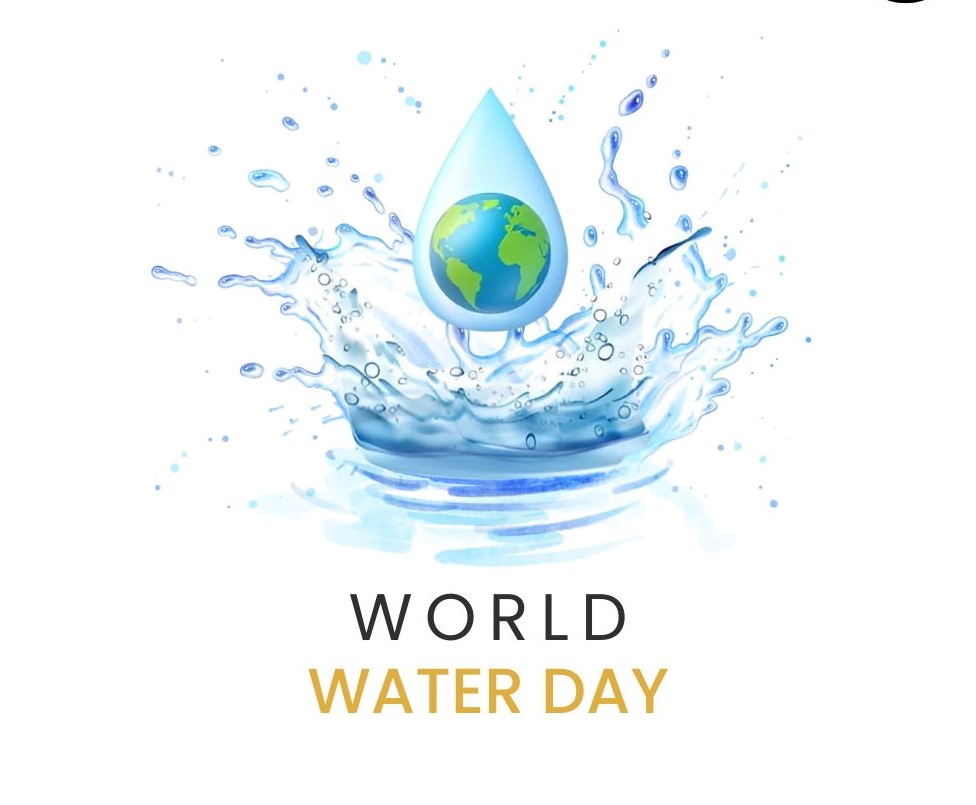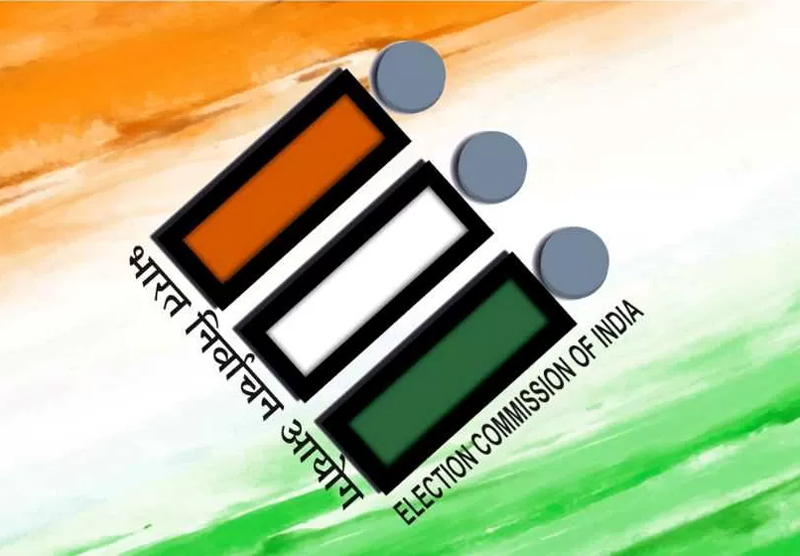World Water Day, observed annually on March 22, serves as a crucial reminder of the significance of freshwater and the urgent need for sustainable water management. This global initiative raises awareness about water-related challenges and encourages proactive measures to ensure universal access to clean and safe water.
As the world marks this significant day, Jammu and Kashmir (J&K), despite its scenic beauty and historically abundant water resources, faces an alarming water crisis. Declining snowfall, climate change, and rapid urbanization are accelerating water scarcity in the region. We at JammuVirasat explores the underlying causes, consequences, and potential solutions to this escalating issue.
Declining Snowfall and Its Impact on Water Availability in Jammu & Kashmir
Reduced Snow Accumulation in Jammu and Kashmir
J&K traditionally experiences heavy winter snowfall, replenishing its glaciers and ensuring a steady water supply to its rivers and springs. However, recent years have seen a drastic reduction in snowfall. The winter of 2023–2024 was one of the driest in recorded history, with Srinagar registering its highest winter temperatures in 18 years.
Consequences of Lower Snowfall on Water Resources
The decline in snowfall directly impacts water reserves. Glaciers, which act as natural water reservoirs, receive insufficient replenishment, leading to reduced meltwater flow in the summer. This affects irrigation, drinking water supplies, and hydropower generation, jeopardizing both livelihoods and economic stability in the region.
Read also: Rising Forest Fires in Jammu and Kashmir: A Growing Environmental Concern
Climate Change: A Major Driver of Water Crisis in J&K
Rising Temperatures and Rapid Snowmelt
Jammu and Kashmir has been experiencing unusually high winter temperatures, with deviations of 5–6°C above normal for extended periods. This abnormal warming accelerates snowmelt and prevents snow accumulation, significantly reducing water availability during crucial months.
Erratic Rainfall and Dry Periods
Climate change has disrupted traditional weather patterns, leading to unpredictable rainfall. While some regions experience excessive downpours, others suffer prolonged dry spells. Such inconsistencies in precipitation make water management highly challenging, intensifying the region’s vulnerability to water shortages.
Read also: Environmental Threat in J&K: Land Sinking & Glacial Lakes Expanding
Anthropogenic Factors Worsening Water Scarcity
Urbanization and Industrial Expansion
The rapid expansion of cities and industries in J&K has led to severe pollution and degradation of natural water bodies. Unchecked urban sprawl has encroached upon wetlands, reducing the region’s natural ability to store and filter water. Additionally, industrial waste and untreated sewage further contaminate the available water sources, making them unfit for human consumption.
Inefficient Water Use in Agriculture
Agriculture remains a primary livelihood in Jammu and Kashmir, but outdated irrigation methods contribute to excessive water wastage. Over-extraction of groundwater depletes aquifers, reducing water availability during drought conditions. Without adopting modern, efficient irrigation techniques, water scarcity will continue to escalate.
Socio-Economic Impacts of Water Shortages
Threats to Agriculture and Food Security
Agricultural productivity in J&K heavily depends on consistent water supply. Reduced snowfall and erratic rainfall patterns hinder crop growth, leading to lower yields and financial distress for farmers. In the long run, continued water scarcity may pose a significant threat to food security in the region.
Hydropower Shortfalls and Energy Crisis
Jammu and Kashmir rely significantly on hydropower for energy production. With declining water levels in rivers, hydropower generation is at risk, leading to power shortages and increased dependence on alternative energy sources, which may not be as sustainable or cost-effective.
Sustainable Solutions to Address Water Scarcity
Adopting Integrated Water Resource Management
Implementing comprehensive water conservation strategies is crucial to counteract water shortages in Jammu and Kashmir. These include:
- Rainwater Harvesting: Encouraging households and industries to capture and store rainwater for future use.
- Revitalizing Traditional Water Bodies: Restoring ancient water reservoirs and wetlands to enhance water retention and recharge groundwater.
- Efficient Irrigation Techniques: Promoting drip and sprinkler irrigation systems to minimize water wastage in agriculture.
Environmental Conservation and Reforestation
Afforestation efforts and the protection of existing forests can significantly improve groundwater recharge. Wetland restoration projects can enhance the natural water retention capacity of the ecosystem, acting as a buffer against prolonged dry periods.
Building Climate-Resilient Water Infrastructure
Developing sustainable water storage and distribution systems can help mitigate the adverse effects of climate variability. Constructing reservoirs, strengthening water pipelines, and modernizing supply systems will ensure a more reliable water distribution network, even during dry spells.
The growing water crisis in Jammu and Kashmir demands urgent intervention. As World Water Day 2025 highlights global water challenges, it is imperative to focus on sustainable water management practices in J&K. By adopting efficient conservation strategies, improving infrastructure, and addressing climate change impacts, we can secure a stable water future for the region.

















